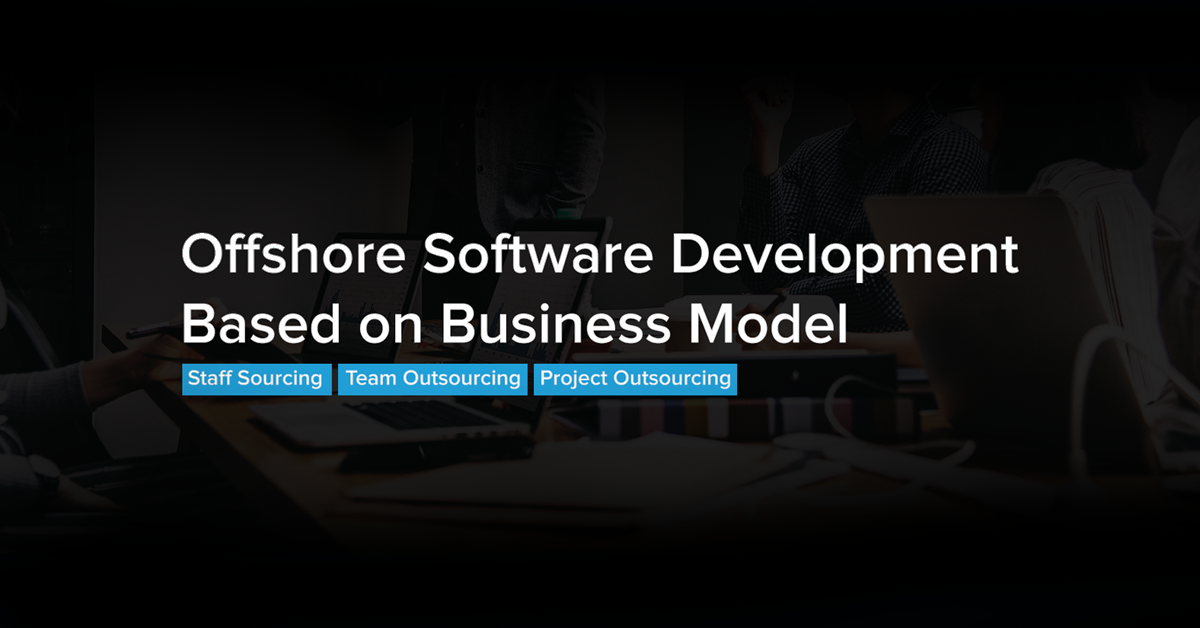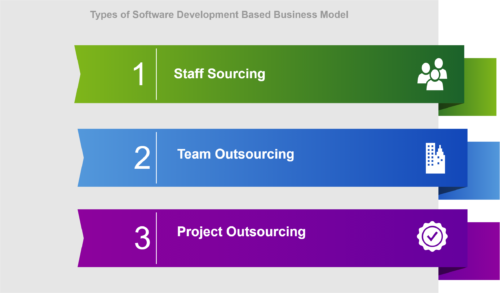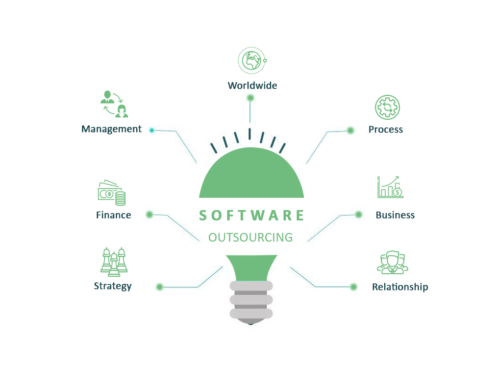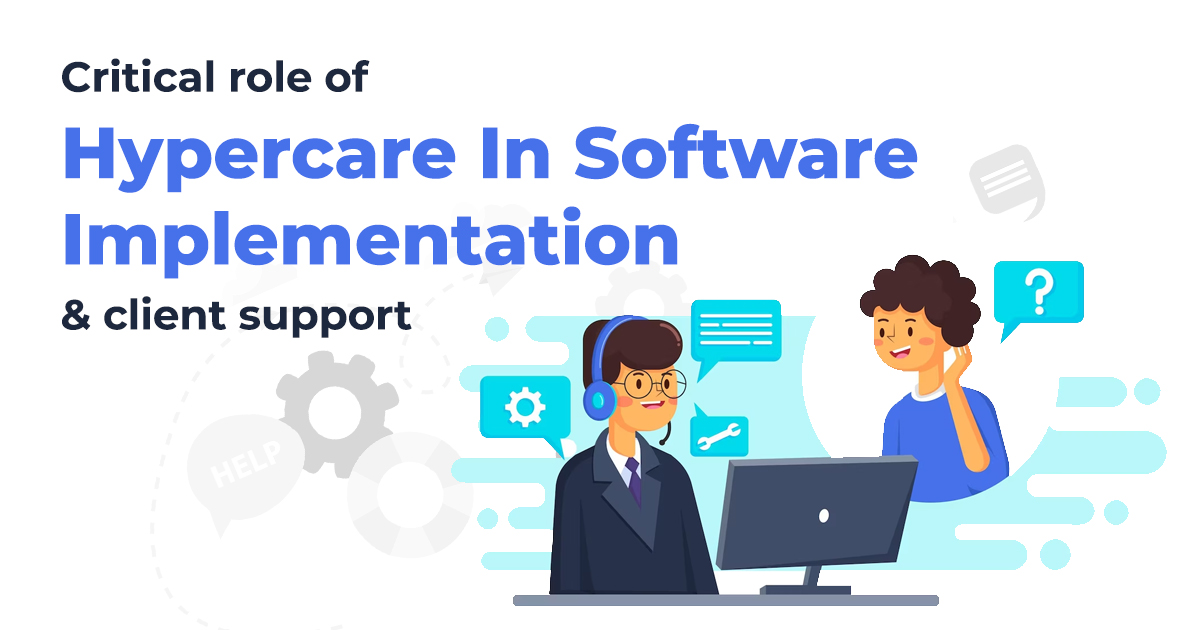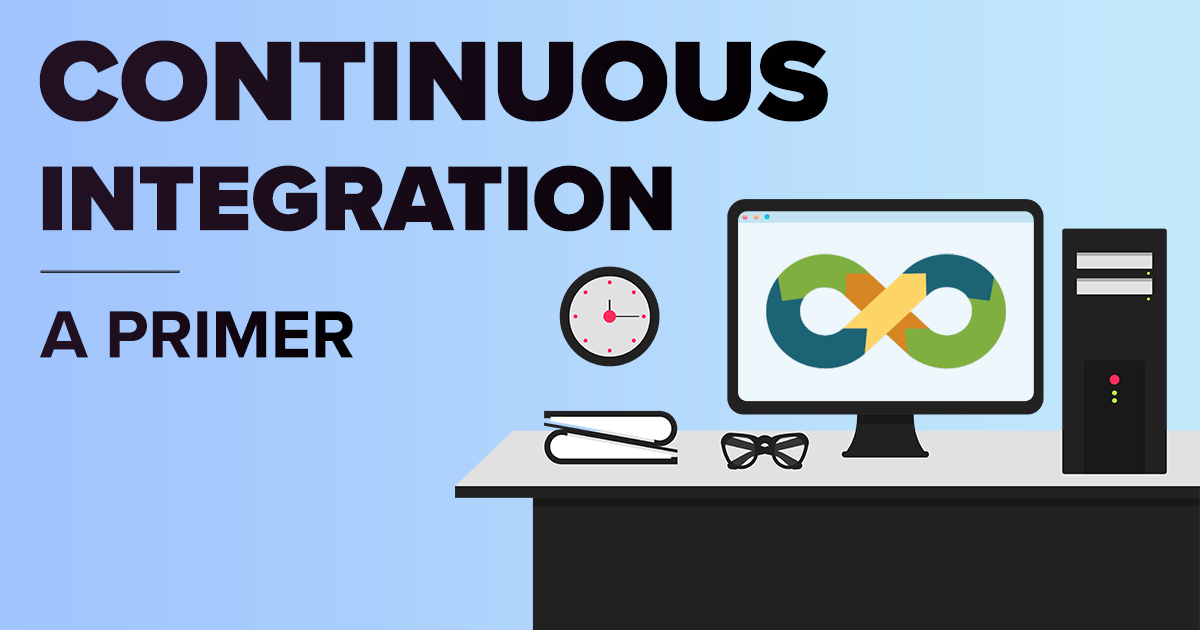Offshore Software Development Based on Business Model
September 4, 2019 12:39 pm | by Aviral Chitkara | Posted in Tech
Broadly, these are categorized as follows:
-
Staff Sourcing
Also known as Staff Augmentation, it is the most common form of outsourcing. An offshore team is hired by the company to source the people with relevant skill set for the required project.
The offshore team is solely responsible for team sourcing and the basic human resource-related activities. Reporting on time, leave sanctioning, payroll management, to name a few. Whereas, the onus of software development and related tasks is on the company (client) itself.
The motivation behind choosing staff sourcing model is to save time and cost spent on searching, recruiting, and training the team. However, this type of outsourcing model is best suited for short-term projects as the company will have to devote the entire time in managing the team and delivering the project.
-
Team Outsourcing
It is popularly known as the Dedicated Team model. The difference between staff sourcing and team outsourcing model is the expansion in roles and responsibilities on the service provider’s end.
In staff sourcing, the offshore team was solely responsible for gathering the required group of people, but in the latter case, they are additionally accountable for more tasks like low-level job management, project quality supervision, work process supervision, etc. But the high-level management and decision-making process lie with the company (service receiver).
-
Project Outsourcing
The final engagement model is Project Outsourcing, in which the service receiver (company) hires an offshore team to handle the entire project and deliver it within a predefined time frame and cost.
It implies that all the tasks, right from the team building to development and quality testing will be handled by the service provider. The company will only draft a set of requirements (PRD/BRD) to be shared with the provider and approve/suggest changes, or reject the project on its completion.
However, with the businesses working in a dynamic environment, it is not possible to complete the project without considering the impact of industry changes. The reason being that software development is not a small process because it often takes months or even a year to complete. Not giving relevance to the overtime changes will make the software redundant or outdated, which will diminish its utility. So the service providers nowadays work on the agile model where the project requirements are kept aligned with the latest technological and industry changes. Of all the three models, project-based outsourcing is the most expensive one, but at the same time, it also transfers the ownership to the offshore team.
These are the three offshore software development models based on business requirements. The best-suited model will vary from one company to another depending upon the actual needs. If you’d like to add something more, then please comment in the section below.
Written by Aviral Chitkara
Senior Business Operations Manager
Aviral is the Senior Business Operations Manager at Sarvika Technologies. His research skills are unquestionable, and so is his ability to provide constant motivation to the team. An engineer turned business expansion enthusiast, Aviral is a knowledge bank when it comes to politics. Whatever the confusion or problem, he is always the one with answers.
